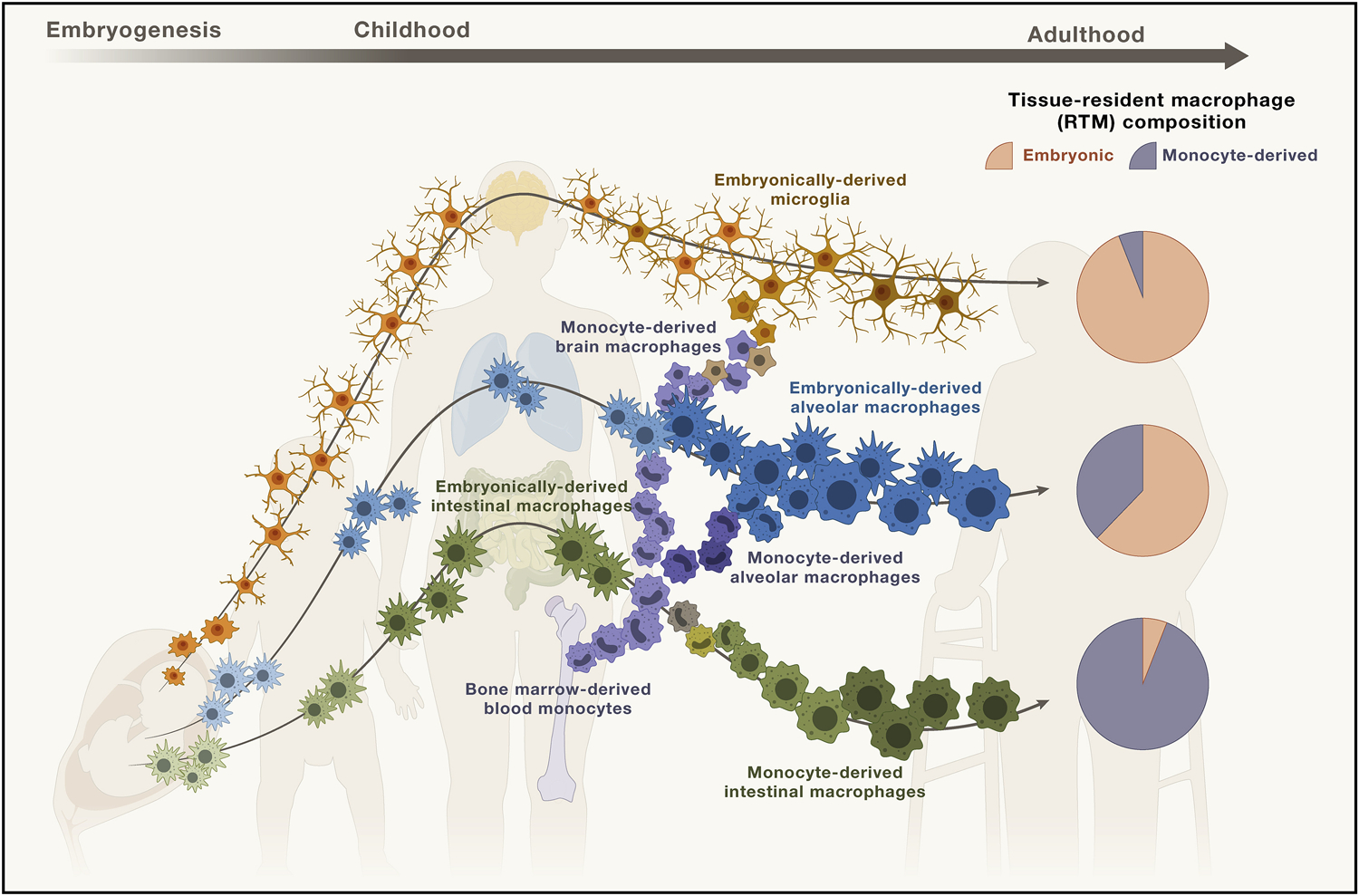Figure 2. Composition of different tissue-resident macrophage populations at the steady state.

Depending on the tissue, the ontological composition of the tissue-resident macrophage (RTM) compartment varies, and here, we depict the generation and development of these RTM populations during fetal development and post-birth, based on the accepted paradigm that all RTM are embryonically derived phagocytes.
Microglia continue to self-maintain in the brain through interactions with glial cells, like astrocytes, and persist through age with minimal input from peripheral monocytes that infrequently pass the blood-brain barrier to infiltrate the brain parenchyma at the steady state.
Alveolar macrophages in the lungs are also capable of preserving their pool of embryonically derived cells during homeostasis, but unlike the brain-resident microglia, tissue-infiltrating monocytes make up an increasing proportion of alveolar macrophages over the course of aging. Therefore, a notable fraction of alveolar macrophages can be derived from monocytes.
Intestinal lamina propria macrophages are one such exception of RTMs that are largely comprised of monocyte-derived RTMs. The remarkable turnover of macrophages in the gut require input from blood monocytes.
